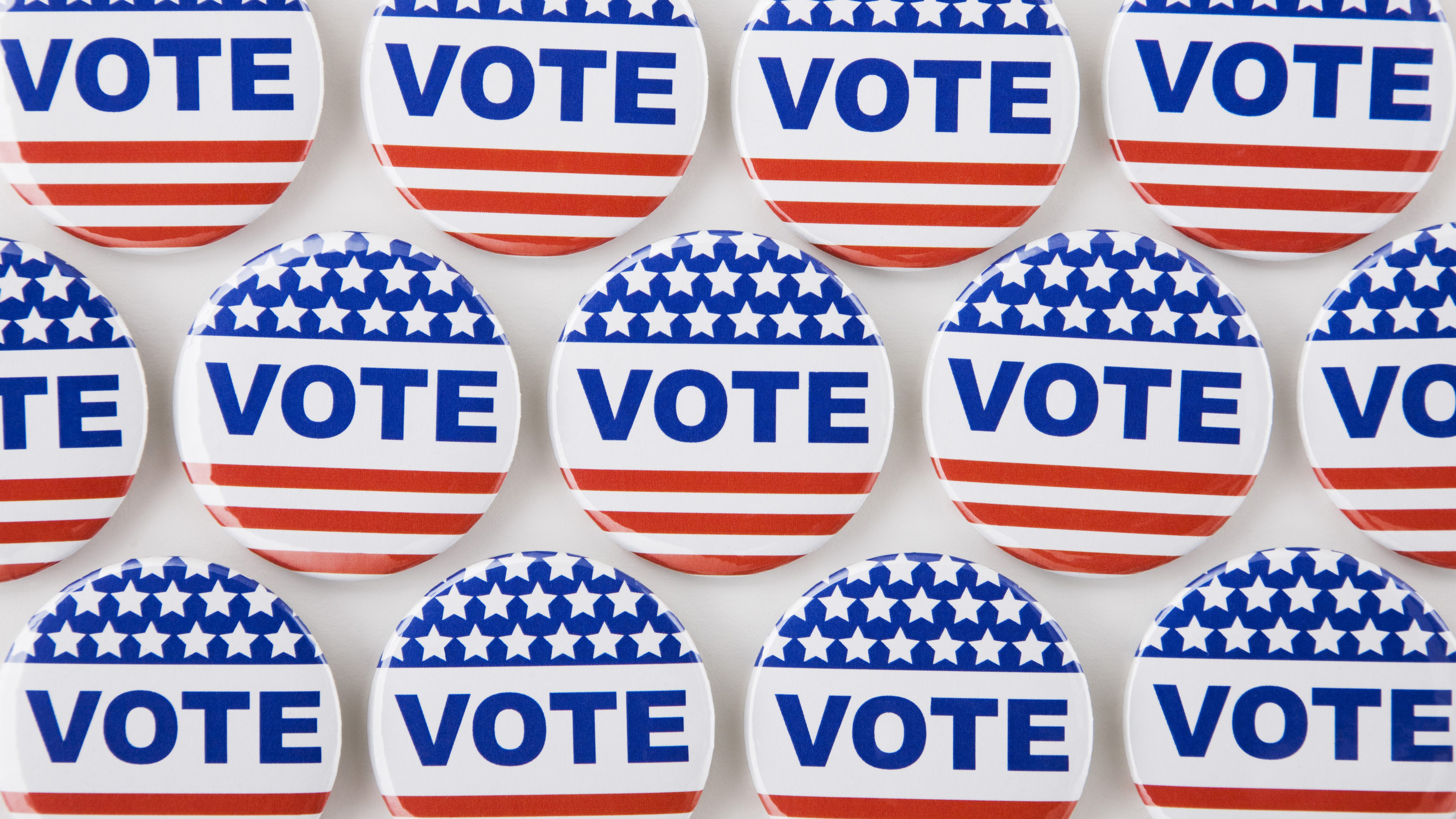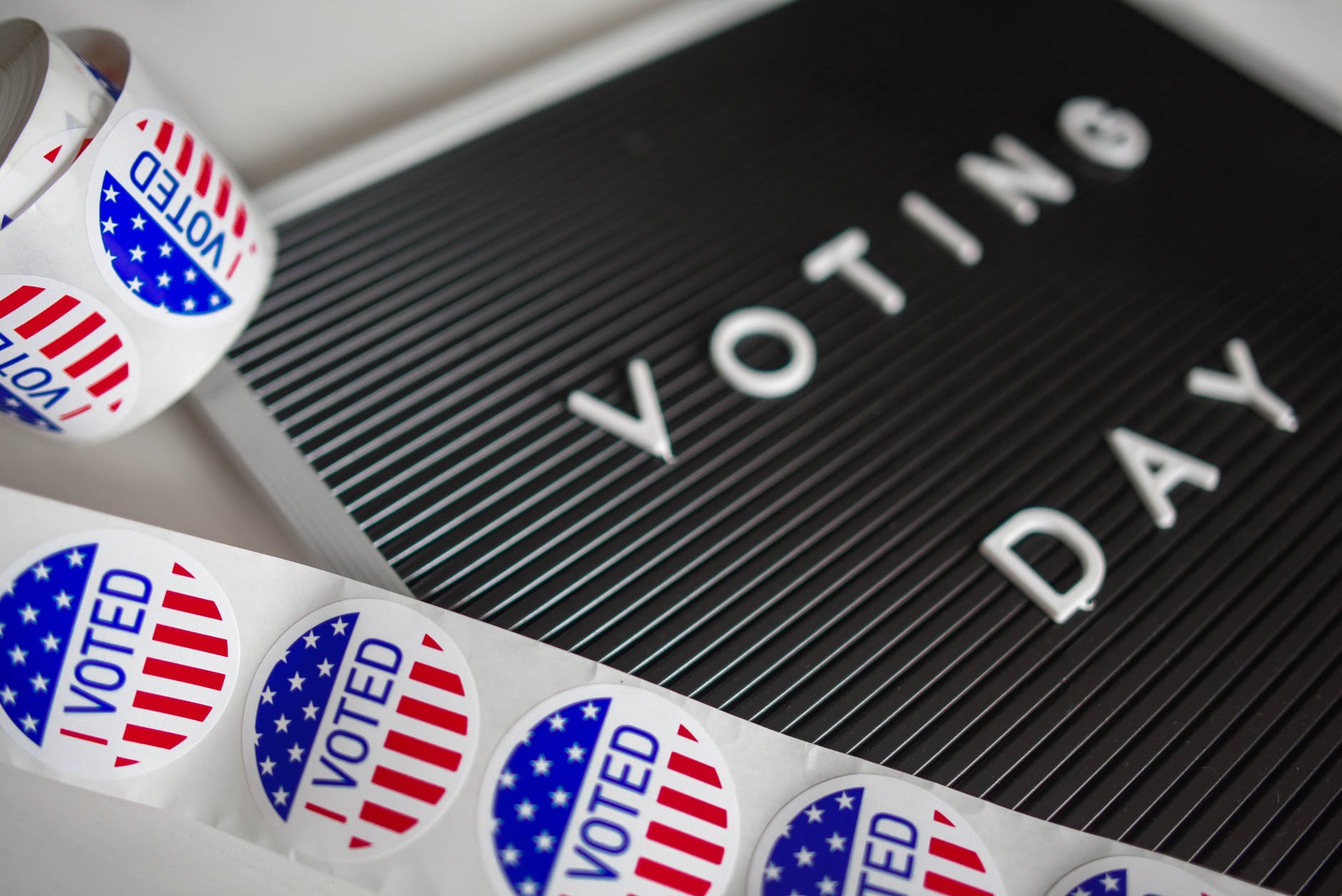More than 300,000 voters have cast their ballots in San Diego County, according to Cynthia Paes, the Registrar of Voters (ROV). This number is a mix of people who have voted either in-person or by mail.
In California, all active registered voters receive a mail-in ballot from their county elections officials. However, there are concerns with the integrity of the mail-in process.
This lack of trust is not something that Cynthia Paes, the Registrar of Voters (ROV), is not afraid to acknowledge. She wants San Diegans to know, and have confidence in, the ballot-counting process.
In 2022, Paes gave NBC 7 an inside look at the process that each ballot goes through once they have been dropped off at one of the more than 100 locations across the county and they are received at the ROV office.
Get top local stories in San Diego delivered to you every morning. Sign up for NBC San Diego's News Headlines newsletter.
Spoiler alert: you can see this all for yourself, too.
“It’s an effort of the community to conduct any election. It’s open and transparent and we welcome the public to come and observe,” Paes said.
Room One
In the first room of the process, one wall is lined floor-to-ceiling with United States Postal Service bins. Some of them are empty, some of them are full of envelopes waiting to start their verification journey.
This room is also loud. There are several large machines, one of which is referred to as a high-capacity sorter.
“[The envelopes] come to this room, they’re run through our high-capacity sorters,” Paes explained. “It is a high-speed mail sorting machine and, initially, it is just capturing the image of the signature on the envelope, so we can compare that signature against the voter signature on their voter registration file.”
If the signatures are not a match, the envelope remains closed and a letter is sent to the voter to check if they completed their ballot. If the signatures are a match, that ballot runs through the high-capacity sorter, again.
“The trays are then, again, run through the mail-sorter again, sliced open and then separated by jurisdiction,” Paes said, adding that they are sorted into batches of 100 to 200 and prepared for the next room.
Room Two
The next room is referred to as the extraction room. Poll workers carefully remove the ballots from their envelopes and look for any obvious signs of damage, like a tear or stain.
“The voter information side of the envelope always stays down. The privacy of the ballot is of the utmost importance,” Paes said. “Once the ballot is separated from the envelope, they will never be joined again. The ballot is a secret ballot, there is no identifying what voter that ballot came from.”
Any damage could keep the ballot from running through the high-speed tabulation system properly. If there is a damaged ballot, they are set aside and remade.
Room Three (if needed)
The third room is not necessary for all of the ballots that come through the ROV, but some need to be remade before being sent through the tabulation process.
Ballots are remade by a team of two people.
“We have one that calls out the contest while the other is marking, and then they switch places to verify their work then they print out the remade ballot. They sign their names on both,” Paes said. “They put a numerical code on them, so in the event they need to be pulled back together we can look at the originally marked ballot by the voter and compare it against the remade ballot. We can do that during a recount or any sort of challenge.”
Paes added that this is also a necessary step for military voters who are overseas.
“For our military and overseas voters we have remote accessible vote by mail, so they could actually download their ballot from the remote system, mark their choices on the screen and they can print out their ballot. It still must be a paper ballot that they mail back to us or fax the ballot to us,” Paes explained. “As you can imagine, [for] some military overseas voters it may be difficult to mail things back timely, so they fax their ballots back. Those faxed ballots have to go through the remake process before we can scan them.”
Election resources
Final Room
This is where the voting system lives. It is called the tabulation room and it is the last step in the process. When it comes to security here, they don’t mess around.
“It is an air-gapped system, it is not connected to the internet or any other system in any way. All of these rooms have access control points and very limited access,” Paes said.
Ballots are fed into scanners in batches to be counted. The scanners read the markings on each ballot, but some of them are flagged and set aside if they cannot be read.
“A ballot could be outstacked because of potential damage that wasn’t caught early on, so they may need to go back to the remake process or it’s just a dog ear and they can straighten that out and run it through again,” Paes added.
There is also the possibility that the scanners are not able to accurately determine what the voter wanted, so ballots are sent to a group of poll workers for adjudication.
“Common problems are a voter fills in one of the ovals for their selection, changes their mind, Xs it out, puts an ‘oops,’ fills out the other oval. Our tabulation equipment simply is going to see that voter marked, they’re not going to see the voter intent,” Paes said.
Once ballots are sorted out, then run through the tabulation system successfully, they are added to the count.
“All ballots received prior to Election Day will be part of that first election night results that comes out shortly after 8 p.m.,” Paes said.
While Paes is the leader at the registrar’s office, she emphasized how important the group effort is throughout election season.
“Elections are the community coming together to conduct an election. Our poll workers, we have 2,500 poll workers. These are just members of your community that are taking the time out for one week or two weeks to assist voters at these vote centers,” Paes added.
Who decides how to handle disruptions?
Elections in the United States are decentralized, with county and local officials across 50 states responsible for carrying out the balloting and tabulating votes. So where a disruption unfolds will determine which official decides how to handle it.
What else can I do?
There's nothing like a good plan, experts say.
Making sure you know who you're voting for up and down the ballot is key, says Jeanette Senecal, the League of Women Voters' senior director of mission impact. Also, if you can, try to head to the polls at off-peak times, like the late morning and after lunch.
“Checking your name, avoiding the crowd, knowing what's on your ballot — all of those things can help voters have a less stressful, easier Election Day experience,” she says.
Will my vote count?
Election watchers and civil rights advocates point out that voter intimidation, which could include aggressive questioning about citizenship status, is illegal. They advise looking up your state officials and reporting such behavior.
If you're at the polling place where you believe you're registered but are being turned away you can request a provisional ballot, which will be counted after officials determine your eligibility to cast a ballot.
Also, don't get out of line if you're already in it when polls close, experts say, because you should still have the opportunity to cast your ballot.
For more information on participating in this election, click here.




